Is there life out there? The answer to that obsession of scientists and Trekkies hinges in part on whether a planet is born at just the right life-sustaining distance from its star, in what the New York Times has dubbed the Goldilocks zone: not too hot, not too cold. Astronomers now believe that there is an abundance of Goldilocks zones, and perhaps billions of habitable planets in our galaxy.
Catherine Espaillat hopes to advance their knowledge.
“I look at very young, baby stars,” says Espaillat, a College of Arts & Sciences assistant professor of astronomy. When these infant stars form, they’re surrounded by disks of gas, ice, and dust. (Our life-giving star, the sun, had such a disk early in its life, and remnants of it are still visible to astronomers.) Because the disks are known to be the delivery rooms for planets, Espaillat studies them for hints of planetary births, such as gaps left in the disk as their planetary material coagulates. We don’t yet have the technology to get a good look inside these disks, which are brighter in the infrared light spectrum than the planets inside them, so Espaillat collects data from telescopes orbiting Earth and trained on the disks, then feeds the information into computer models predicting how much debris has been cleared out in the gaps. The models, combined with actual telescopic observations, give her some idea of the size of the gaps. She says most astronomers agree that large gaps indicate that one or more planets have been formed, although there is still debate about whether smaller gaps are made by planets’ births, or are just holes burned into the disk by the star’s heat.

The $53 million Discovery Channel Telescope, which Espaillat uses to gather data. She is looking not just for newborn planets, but for newborns that are likely to grow up to look
a lot like Earth. Photo by Taylor Toole
Espaillat thinks it’s the former, and in November, she traveled to the Lowell Observatory in Arizona to gather data from the Discovery Channel Telescope that could prove her theory. She says the $53 million telescope, which BU helped finance, is more powerful than those available to many universities and gives her a good look at disks that are more than 450 light-years away.
She also says that there’s no hurry to glimpse a planet’s birth; most take between one million and 10 million years.
“We know that at about 10 million years, most stars have dissipated their disks, and we think that a star needs a disk in order to make a planet,” she says. “So planets need to have been formed by 10 million years.”
Espaillat’s ability to view the heavens is a far cry from that of her youth in Queens, N.Y., where stars were usually obscured by the glare of all that urban lighting. Growing up, the only twinkle-twinkle she glimpsed was on PBS astronomy specials, but that was sufficient to get her attention.
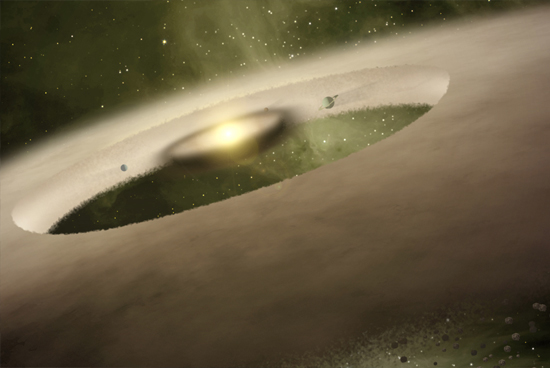
UX Tau A is one of the star systems that Espaillat is studying. Photo by NASA/JPL-CALTECH
“I was like, wait a minute, are they trying to pull a fast one?” she says. “I have to look into this work.” Studying for a PhD at the University of Michigan, she worked on a project on planet formation and was hooked.
With the Discovery Channel Telescope, she is looking not just for newborn planets, but for newborns that are likely to grow up to look a lot like Earth. She knows that a planet’s composition—rocky like the Earth or a mix of ice and gas like Jupiter, Saturn, and Neptune—depends on the place of a planet’s birth in a disk and on the ambient temperature during its million-year-long birthday.
“The Earth is in the habitable zone; it’s at a certain distance from the sun,” she says. “If we can say that most of these planets around these young stars are forming at a certain distance from their sun and they’re accumulating certain materials that make them Earth-like, maybe we can start saying—when we see these very young stars have gaps in certain places—we know they’re going to turn into Earth-like systems one day.”





































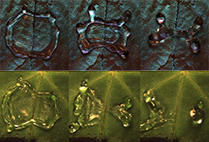










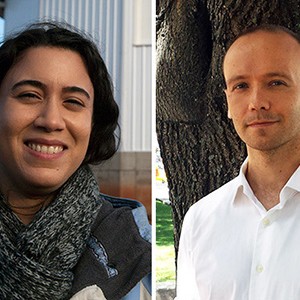
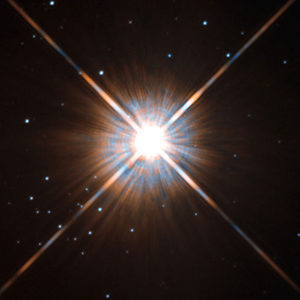
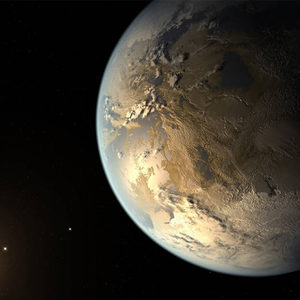
This video/article is very inspirational. I hope to one day work in the field of astronomy. Our current era is far too exciting for me not to at least try to be a part of the great discoveries ahead.